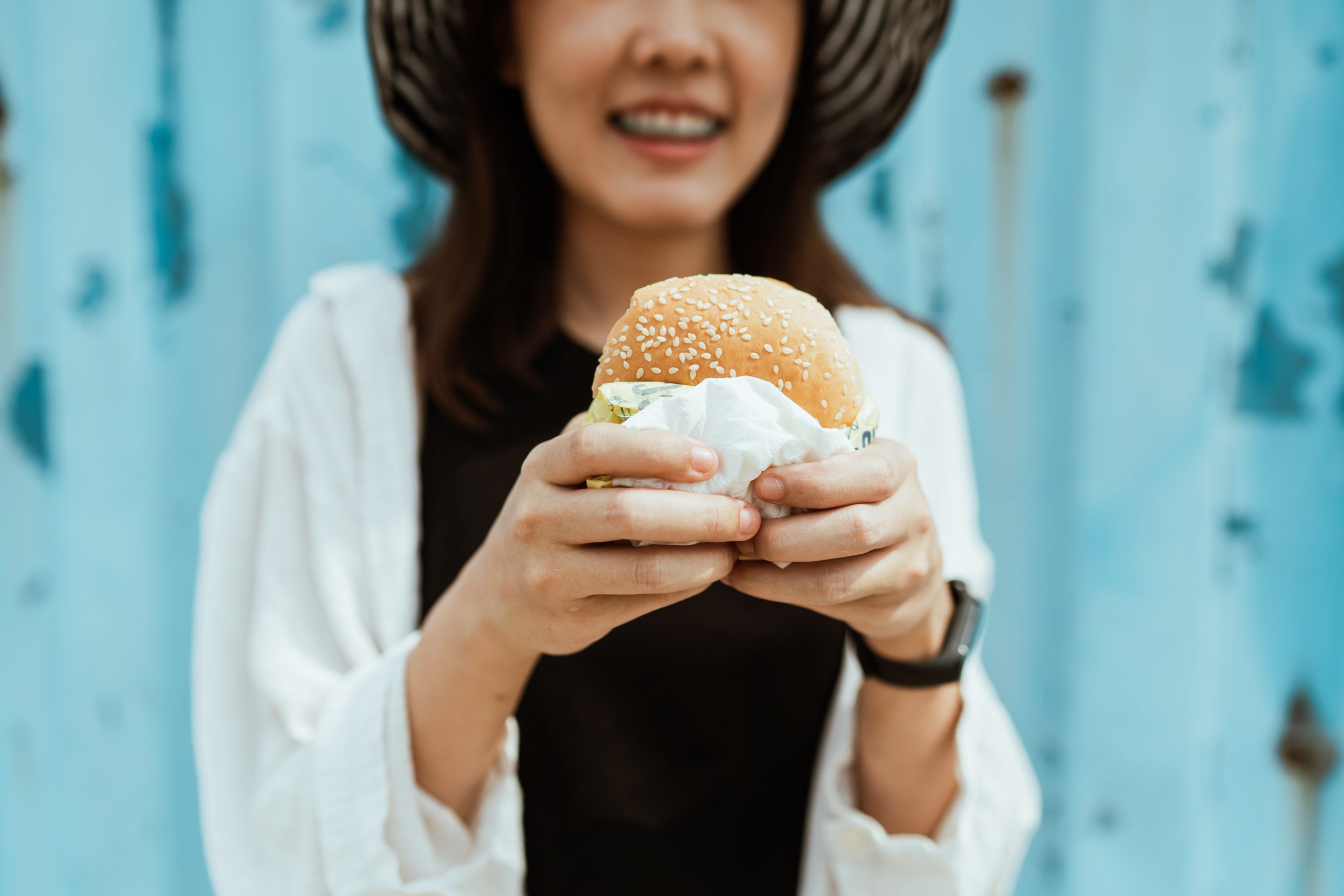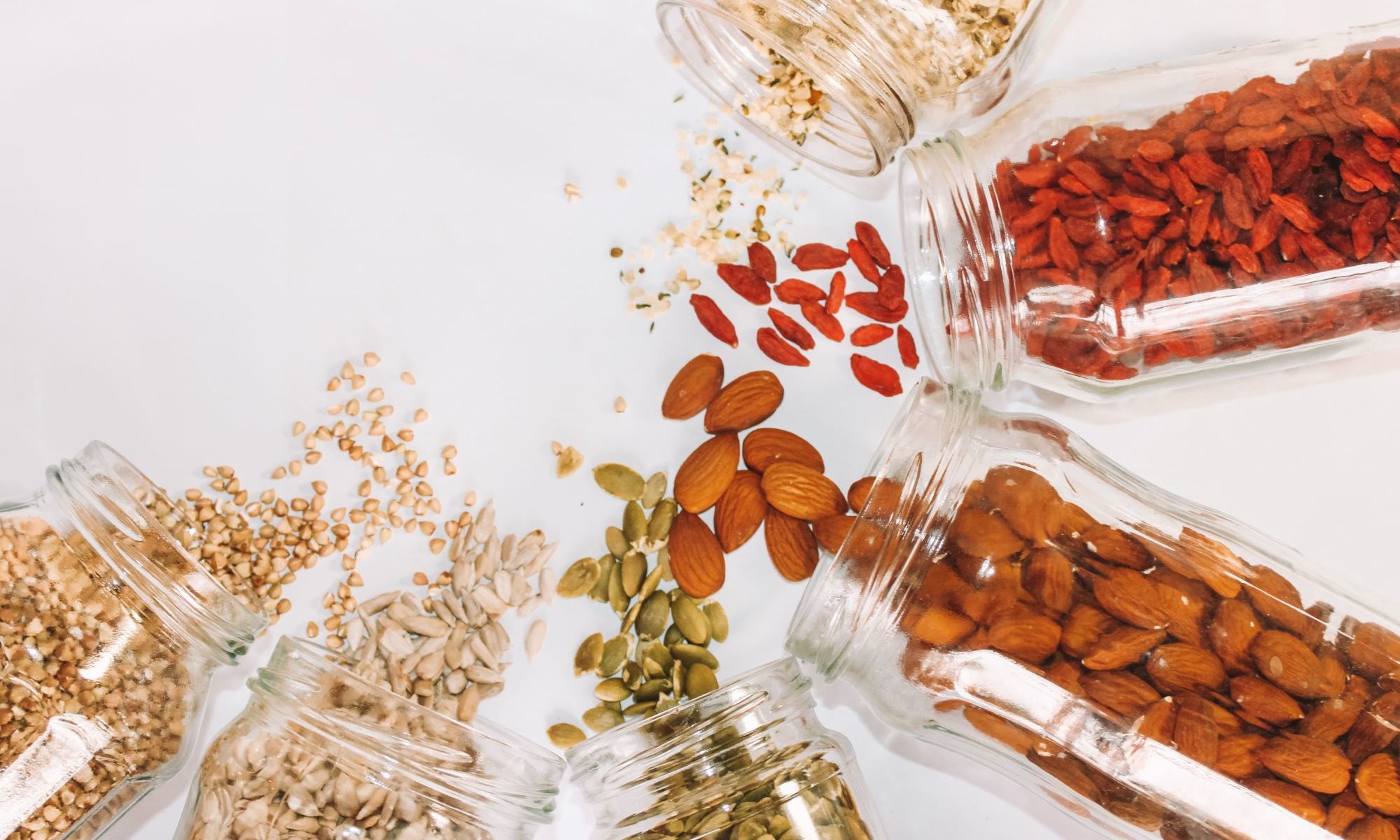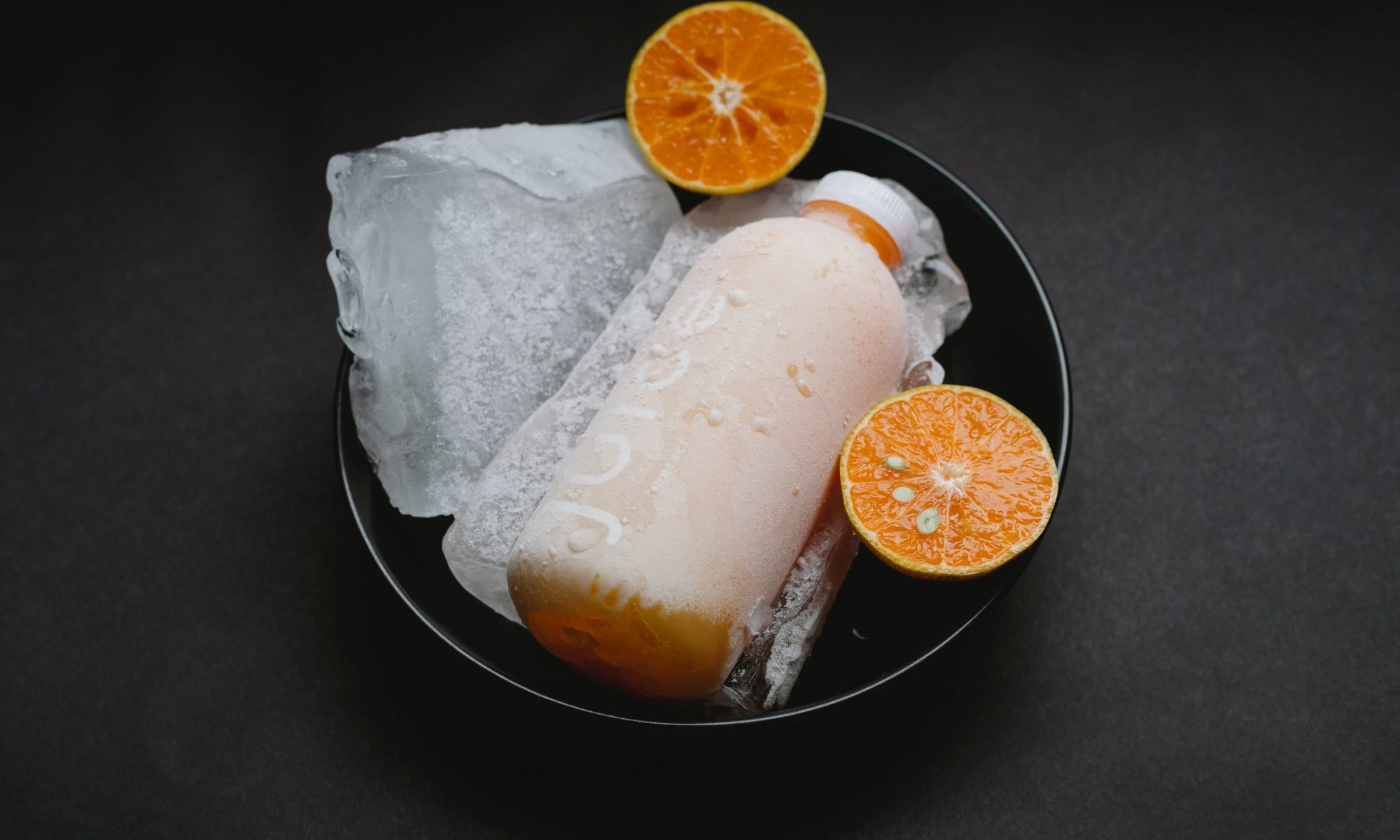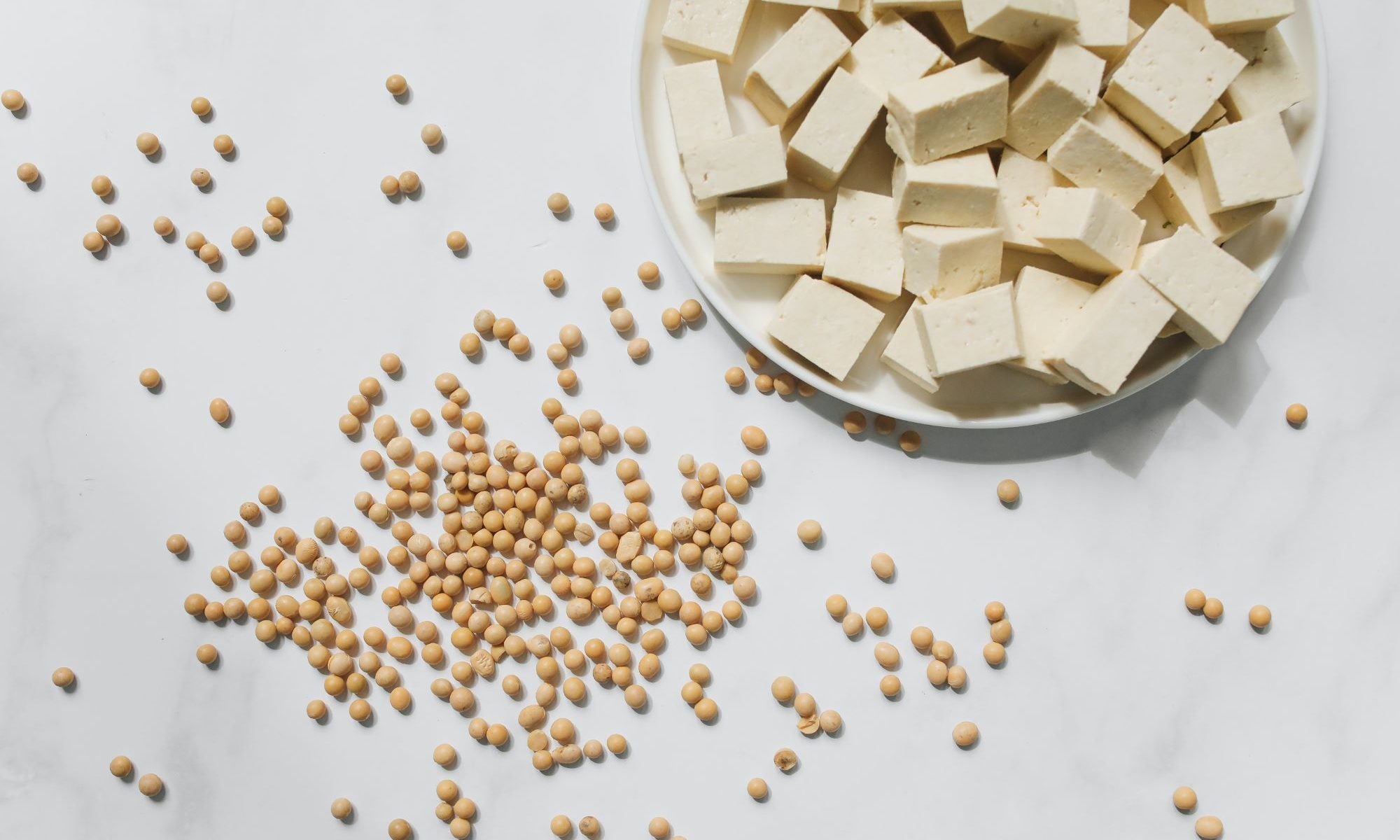Healthy eating habits are challenging to develop. People struggle for years trying to figure out a nutritional path that works for them. However, the problem is not always physiological; many people struggle with unhealthy eating patterns related to stress and emotions, meaning their habits are more psychological. While breaking emotional eating patterns can be more complicated than other nutritional issues, it is not impossible. There are at least five strategies that can help you curb emotional eating behaviors.
1. Learn To De-Stress
Food can become a coping mechanism, and some foods can make us feel better or happier because they are tired to positive memories or elicit chemical reactions in the body. Instead of curbing food intake on the nutritional level, it is better to find ways to relieve stress and anxiety as an emotional eater. These two emotions lead to unhealthy eating.
Exercise and meditation are two options for alleviating stress hormones in the body. Exercise releases endorphins into your system that can make you feel better, and meditation, when performed correctly, can help you cope with your anxiety in a healthier way.
2. Find a Healthy Distraction
While distractions are not always a good thing, when it comes to emotional eating, they are. However, instead of television or other sedentary activities, try something healthier. Take a walk. Go out with friends. Play a game, or do anything else except eat.
[insert page='Offer' display='content']
3. Prepare a Meal Plan
Fast food is becoming the meal hub of America. With busy schedules and minimal work-life balance, people often choose the quickest and the assumed cheapest meal options. As an emotional eater leaving meal time up to chance is about the worst thing you can do because it allows unpredictability into your schedule.
One of the best options for an emotional eater is meal planning. Create a strict schedule of all your meals for the day, knowing precisely what you are having for breakfast, lunch, and dinner. You can also include a couple of healthy snacks. Creating a plan means there is less flexibility in your schedule. Without unpredictability, you will probably find you have less uncontrollable cravings because you know when and what to expect to eat.
4. Avoid Craving Routes
What is your kryptonite? Chips? Donuts? Candy? Most people latch on to one specific food as a comfort during emotionally trying times. If you know that you are drawn to salty or sweet things, try to avoid routes that literally take you past those options. If you pass a donut shop on the way home from work, take another road.
While it is best to avoid temptations altogether, avoidance is too difficult for some people, leading to more stress. If you find that avoidance is too challenging, consider allowing yourself an indulgence as an occasional treat, but stick to serving size.
5. Practice Self-Acceptance
Many people who struggle with emotional eating also struggle with self-deception, often viewing themselves negatively. Negative self-talk is not only disruptive; it is destructive. If you find that you have negative feelings about yourself, consider altering your mindset. Through deliberate practice, a person can change their perceptions. Try reciting positive mantras in the mirror. It might seem strange at first, but eventually, it can help alter your mindset.
Emotional eating is not only a nutritional problem; it is psychological. Resolving the issue means getting to its root and finding other techniques and behaviors, like above, to curb unhealthy habits. Do you, or have you struggled with emotional eating? If so, leave a comment below about coping strategies that work for you.










